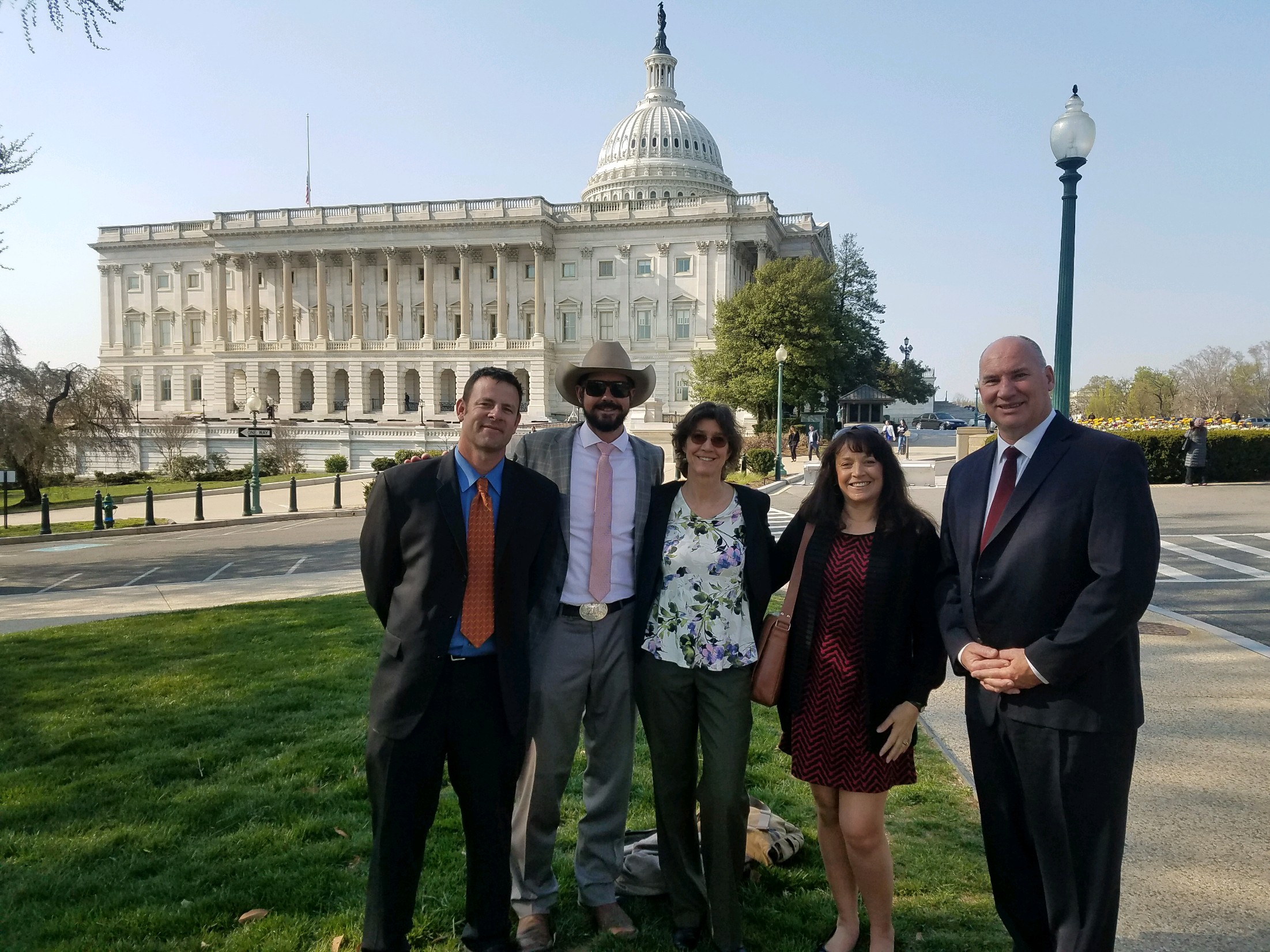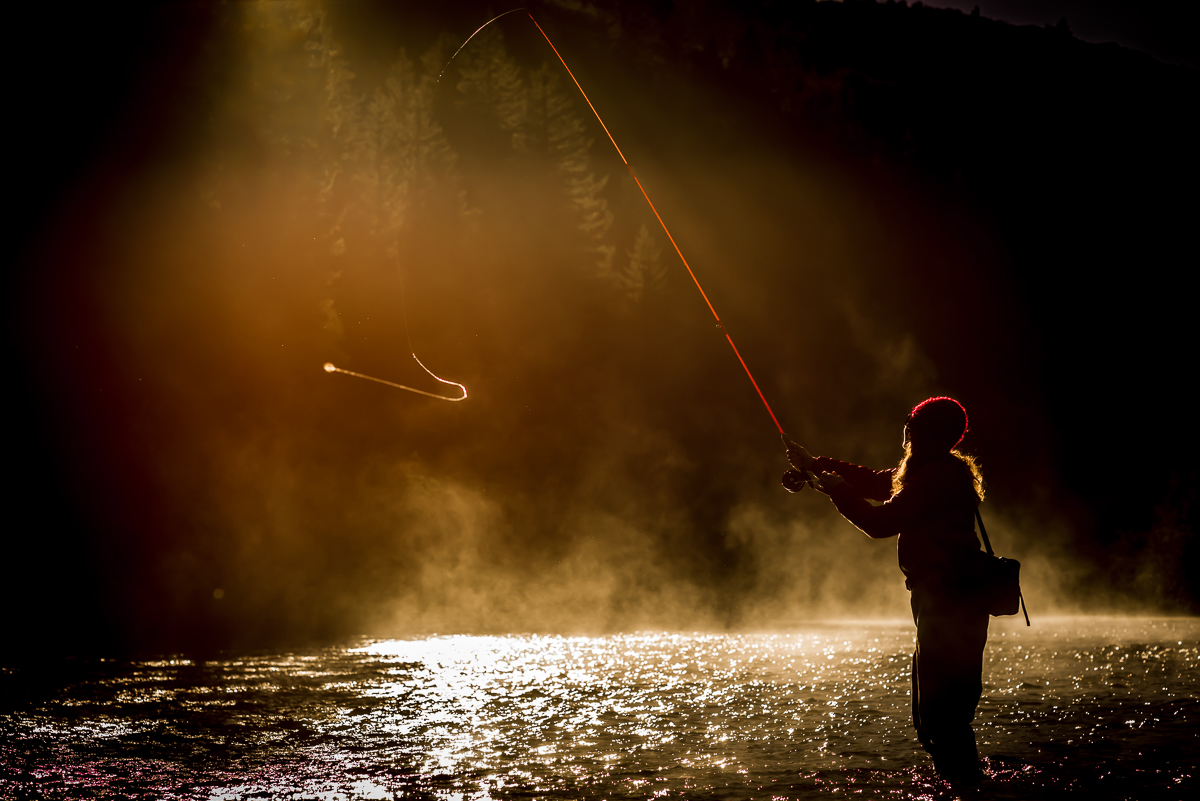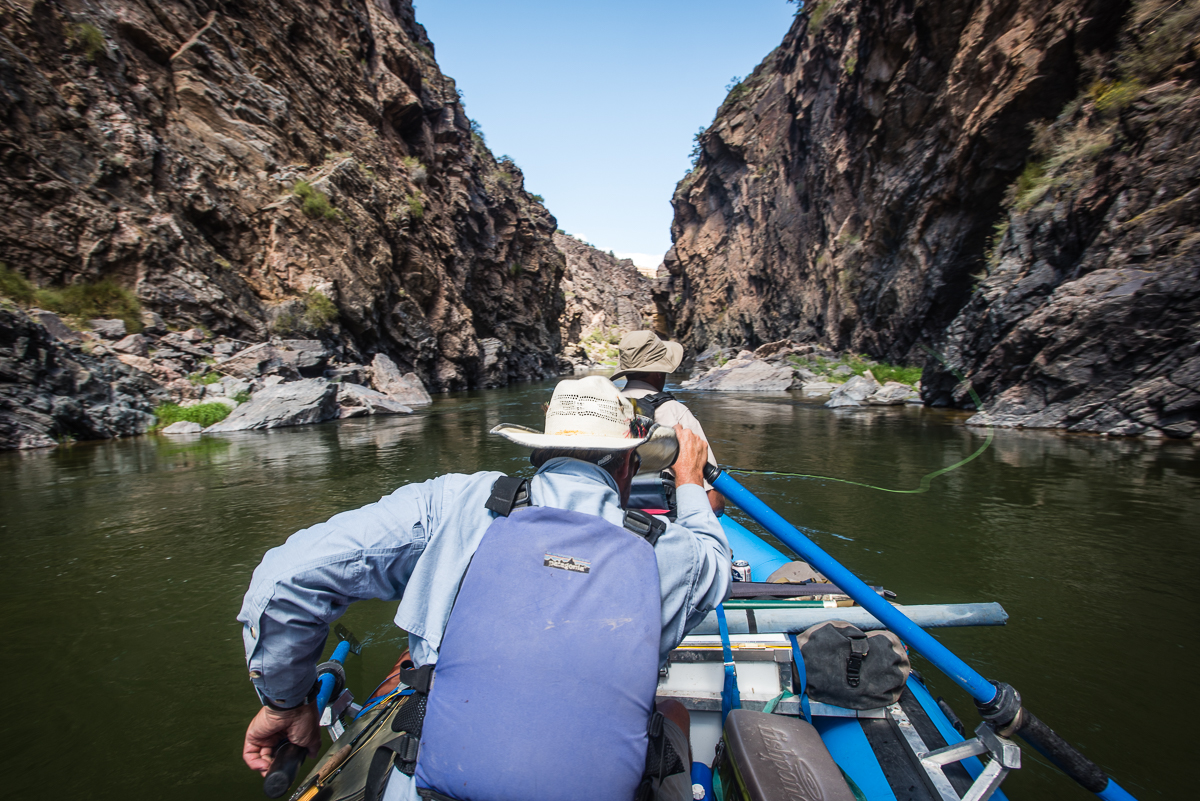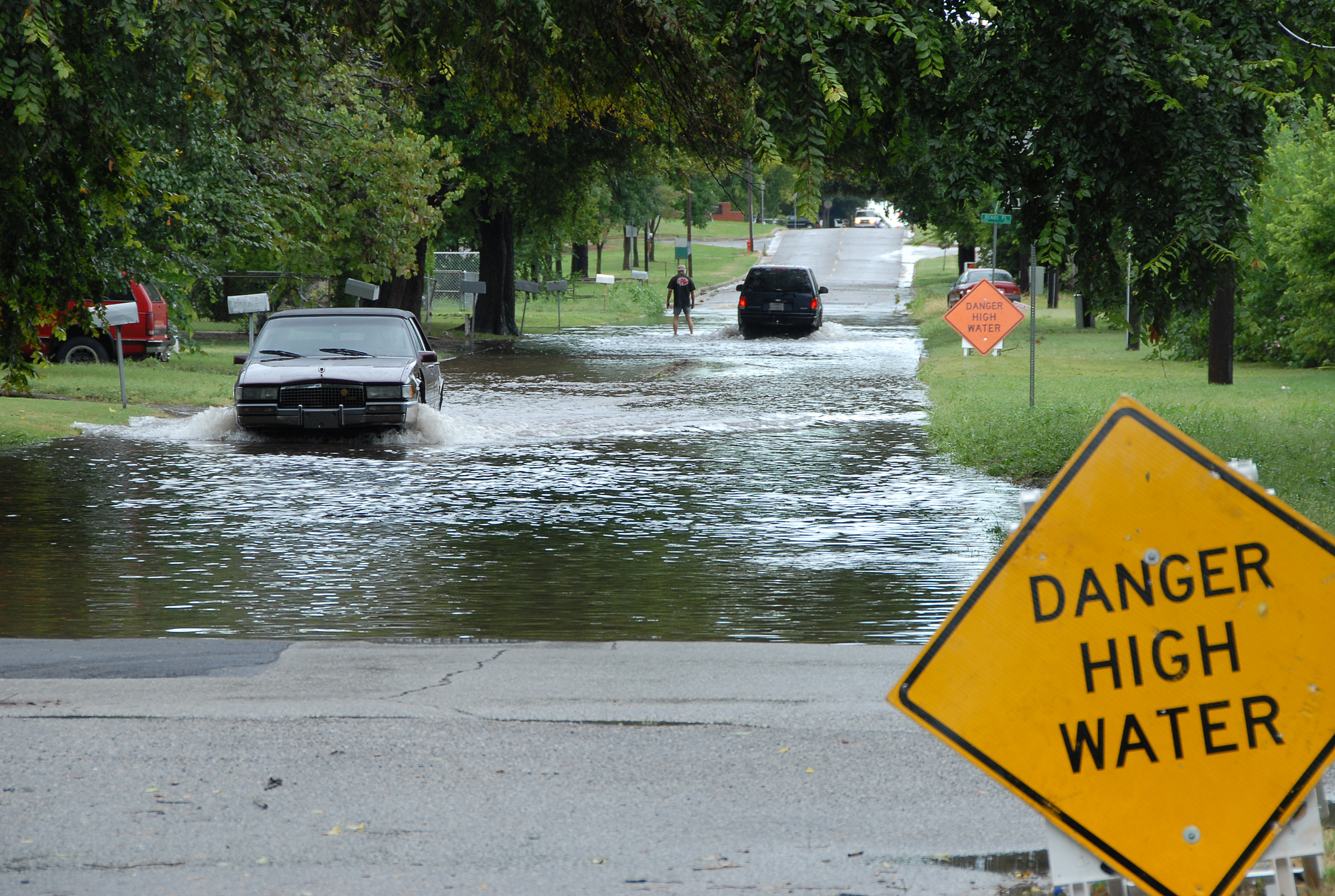Sportsmen and women on both sides of the aisle overwhelming want the federal government to provide Clean Water Act protections for headwaters and wetlands, even as the EPA and Congress work to repeal a rule that does so
Today we revealed the full results of a national bipartisan poll, which shows that sportsmen and women on both sides of the aisle overwhelming support Clean Water Act protections for headwater streams and wetlands.
The majority of hunters and anglers polled (92 percent) would strengthen or maintain the federal government’s current safeguards for clean water that supports healthy fish and wildlife habitat—even as federal agencies and Congress seek to roll back these standards. Hunters and anglers showed nearly unanimous support for the 2015 Clean Water Rule, which the Trump administration’s EPA and Army Corps of Engineers have worked to repeal and replace.
![]()
Only 6 percent of sportsmen and women polled supported relaxing clean water standards. (The remaining 2 percent were unsure.) And four out of five sportsmen polled said that Clean Water Act protections should apply to headwater streams and wetlands—a point of clarification in the 2015 Clean Water Rule that many hoped would reverse a troubling trend of wetlands loss.
“The responses to our poll left little room for doubt that America’s sportsmen and women want to see an end to the unnecessary regulatory confusion over what streams and wetlands deserve Clean Water Act protections,” says Whit Fosburgh, president and CEO of the Theodore Roosevelt Conservation Partnership. “As we’ve been saying since the EPA and Army Corps began the process of repealing the Obama-era Clean Water Rule, any replacement rule should provide certainty for landowners and the $887-billion outdoor recreation economy that depends on access to clean water and abundant fish and wildlife.”
The poll also revealed that, while hunters and anglers already contribute heavily to conservation in America through license purchases and excise taxes on gear and ammunition, the majority (81 percent) of respondents were willing to tax themselves to improve rivers, streams, and wetlands—even tax-averse Republicans. Nearly a third of those surveyed were willing to pay $100 or more in new taxes to restore and/or maintain water quality or quantity.
![]()
Other key survey results:
- 95% of hunters and anglers, regardless of party affiliation, said that habitat and water issues are important factors as they decide who to support at the ballot box.
- There was virtually no difference in a hunter’s view of the Clean Water Rule (78% support) versus an angler’s view (81% support.)
- 93% believe the Clean Water Act has been a good thing for the country.
The TRCP’s national survey was conducted by respected polling firm Public Opinion Strategies. They spoke to 1,000 voters who participate in hunting and fishing nationally online and over the phone this spring. Hunting and fishing are an important part of the $887-billion outdoor recreation economy that directly supports 7.6 million American jobs.
See the full results of this national survey on clean water issues.
Explore hunter and angler attitudes toward other conservation issues on TRCP’s poll page.
Top photo by Jeff Weese via flickr










The poll results are certainly good news – and not too surprising IMO. Problem is that far too many sportsmen & women vote for candidates who, when elected to office, work to undermine, undo and repeal the environmental protections that – at the bare minimum – maintain Clean Water Act standards. Until conservation voters get off the crazy train and stop voting for candidates who want to hand over public lands to industry, cozy up to polluters and undo America’s conservation legacy, polls like this will just be exercises in futility. If that’s how you really feel, then prove it with your vote come November
I would not pay 1 cent more in taxes. The govnment waist more money than any entity in the hisrtory of man kind. The money is there it’s just wasted. Sportsmen will get more out of donating 10$ that being taxed 100$ for the same cause. It’s sad but true.
Next time, make sure and ask how many of them have read the Clean Water Rule, and then how many of those that have read it are private landowners. For as much good as the rule would have done, it was as equally terrible in the jurisdiction it would have given to the EPA and Corps of Engineers over private lands.
Appreciate your letter to the editor in my local paper here on the Eastern Shore.
I agree with Josh. While we all want clean water, it’s how we get there that is the point of contention. The redefinition of what constitutes a wetland has rendered virtually any ditch subject to all EPA regs and jurisdiction.
This was an over reach by the Obama administration, there has not been anything taken back before that.
People loose control of their on land.
This is obviously a bogus poll taken by people that don’t know.
Some of this was aimed at the coal industry for more control in destroying it.
There’s an illegitament Russian elected traitor coward racist rapist and POS in the WH with an unqualified Trumpsucking administration that’s destroying our environment
The 2018 clean water rule proposes to change the definition of Waters of the US (WOTUS) by rolling back federal jurisdiction in favor of state jurisdiction but actually reduces states jurisdiction over WOTUS too by reducing state’s roles in water quality certifications and wetland impact mitigation. States have the authority to impose water quality conditions through Section 401 (CWA) and they often work with the Army Corps of Engineers to shape permit terms through Section 404 dredge and fill permitting. While its great the proposed rule intends to provide clarity, predictability and consistency it actually rolls back protections for traditional navigable waters, tributaries to those waters, certain lakes and ponds, impoundments to jurisdictional waters and wetlands adjacent to jurisdictional waters. Clarity is certainly needed for the construction and development industry, and certain aspects of the Obama era clean water rule were an overreach (including jurisdiction over flood plains for example) the proposed 2018 changes are bad news for hunters and fishermen. The proposed rule would narrow the scope of federal jurisdiction by eliminating ephemeral streams and wetlands that lack a significant nexus – this would remove long held protections provided by the public trust doctrine. Agreed there should be a re-write for clarity and predictability but this proposal is an overreach in the other direction and should be apposed by hunters and fishermen and all who enjoy the outdoors.